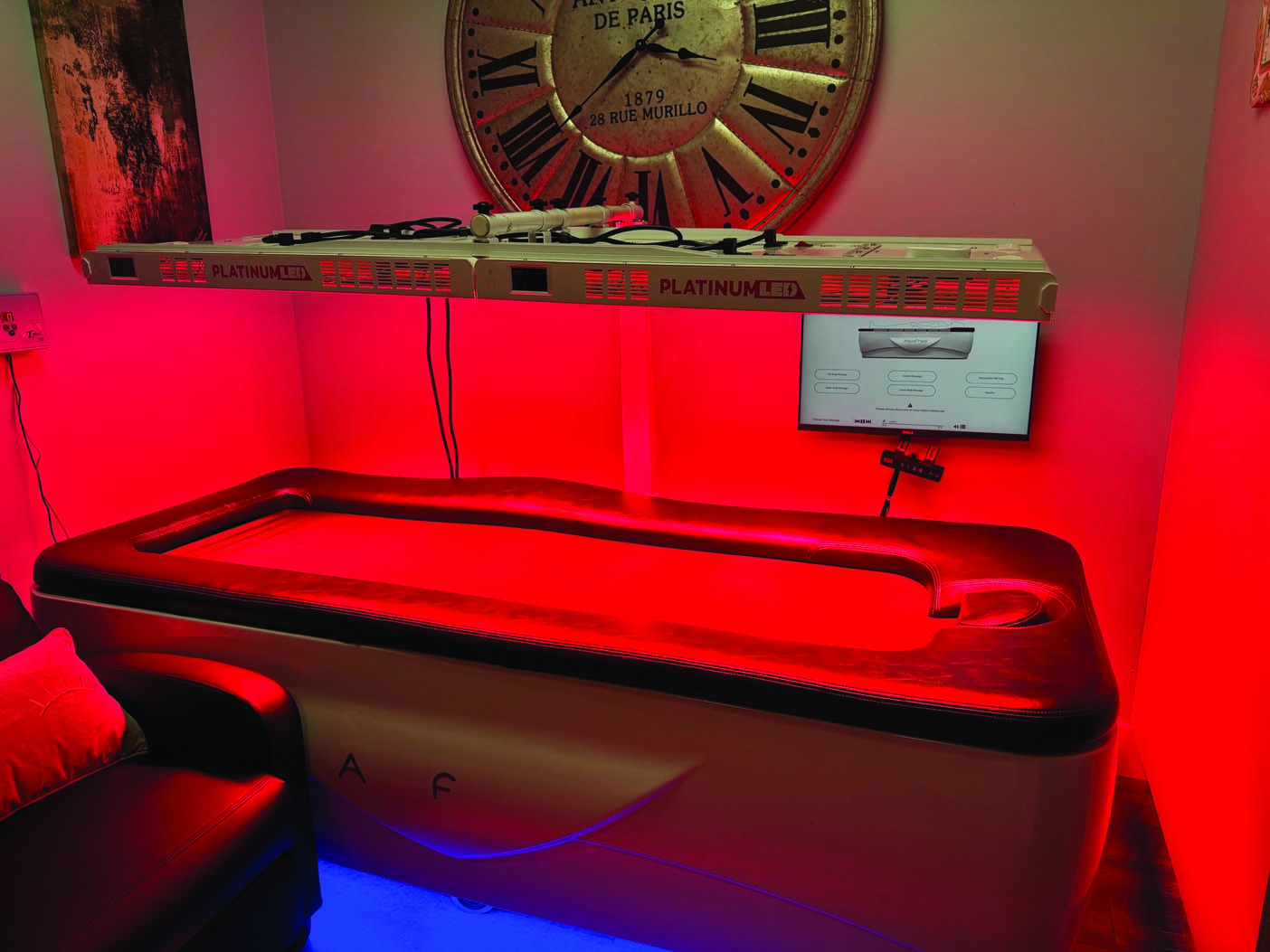Biggest problem was lack of resistance to sweat or water
Nearly half of the most popular sunscreen products sold in the United States fail to meet basic sun safety guidelines, new research shows.
The finding stems from a look at the sun protection labels of 65 products that accounted for the top 1 percent of all sunscreens sold by Amazon.com. Forty percent of those sunscreens lacked the minimal resistance to water and sweat that the American Academy of Dermatology (AAD) recommends.
Also, the cost of top sunscreens was found to vary wildly, with some products priced 3,000 percent more than others, despite offering no greater sun protection, the researchers said.
“The results were surprising in some ways,” said study author Dr. Steve Xu, a resident in the department of dermatology at the McGaw Medical Center of Northwestern University, in Chicago.
“But, there are some important caveats,” he added. “The definition of a ‘sunscreen’ has broadened a lot. Sunscreens are no longer just bright blue bottles thrown in beach bags,” he noted, with less-protective moisturizers now often substituting for more sunscreen-specific products.
“This is probably why so many of the products that didn’t meet AAD guidelines were because of a lack of water or sweat resistance,” said Xu. He pointed out: “If you’re going to be exposed to water [at a pool or beach] or high ambient temperature leading to significant perspiration, then making sure your sunscreen is water- or sweat-resistant is very important.”
Sunscreens are regulated by the U.S. Food and Drug Administration as “over-the-counter” drugs. And, the agency mandates clear sun protection labeling, the researchers said.
The AAD recommends that consumers opt for sunscreens that provide “broad-spectrum protection” against both UVA “aging” rays and UVB “burning” rays.
Screens should provide an overall “sun protection factor” (SPF) of 30 or more, AAD experts advise, to block out 97 percent of the sun’s rays.
And while the FDA has banned sunscreen manufacturers from claiming their products are either “waterproof” or “sweat-proof,” the AAD says consumers should select “water-resistant” sunscreens that stay effective after 40 minutes of water exposure.
In the study, Xu and his team reviewed the safety labeling of Amazon’s top-reviewed sunscreens.
Most came in cream form, and more than 90 percent offered broad-spectrum protection. Of the top 65 sunscreens, 62 percent were labeled as water- or sweat-resistant.
While the top sunscreens cost just over $3 per ounce, on average, that figure shot up to $24 per ounce for some products and dropped as low as 68 cents for others, even though they offered comparable sunscreen protection, the study authors said.
Despite the shortcomings of some products, a pair of dermatology experts endorsed the use of sunscreens.
“Consumers would be better served to choose the best cosmetic ‘elegance’ among those sunscreens that meet AAD guidelines,” said Dr. Robert Kirsner. He is chairman of the department of dermatology and cutaneous surgery at the University of Miami Miller School of Medicine.
At the same time, Kirsner stressed that it’s “perhaps better to wear imperfect sunscreens than none at all.” He also noted that “liberal and repeated application may help overcome limited water or sweat resistance in consumer-preferred sunscreens.”
Dr. Mary Chang, a clinical professor of dermatology at the University of Connecticut School of Medicine, pointed out that “many people just need sun protection for walking from their car to the office, or to wear under their makeup year-round. These folks do not necessarily need water-resistant sunscreens.”
Still, she acknowledged that for “people who are out on the beach, boating, or out running 10Ks and triathlons, water-resistant sunscreens and repeat applications are crucial.”
In the interest of promoting routine sunscreen use, Chang listed additional factors that consumers should consider. Those include fragrance-free sunscreens, to minimize chemical irritants and allergic reactions; tinted screens that offer a better (less ghostly) overall appearance; and screens that come blended with titanium and/or zinc, for enhanced UV protection.
The study findings were published July 6 in the journal JAMA Dermatology.
SOURCES: Steve Xu, M.D., M.Sc., resident physician, department of dermatology, McGaw Medical Center of Northwestern University, Chicago; Robert Kirsner, M.D., Ph.D., chairman and professor, department of dermatology and cutaneous surgery, and professor, epidemiology and public health, University of Miami Miller School of Medicine; Mary Wu Chang, M.D., associate clinical professor, dermatology and pediatrics, University of Connecticut School of Medicine, Farmington, Conn.; July 6, 2016, JAMA Dermatology, online
HealthDay























